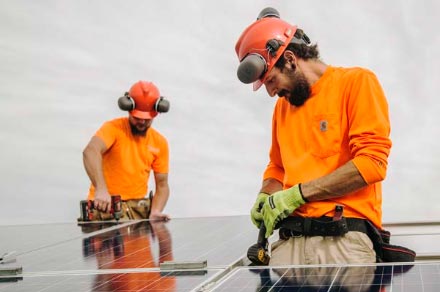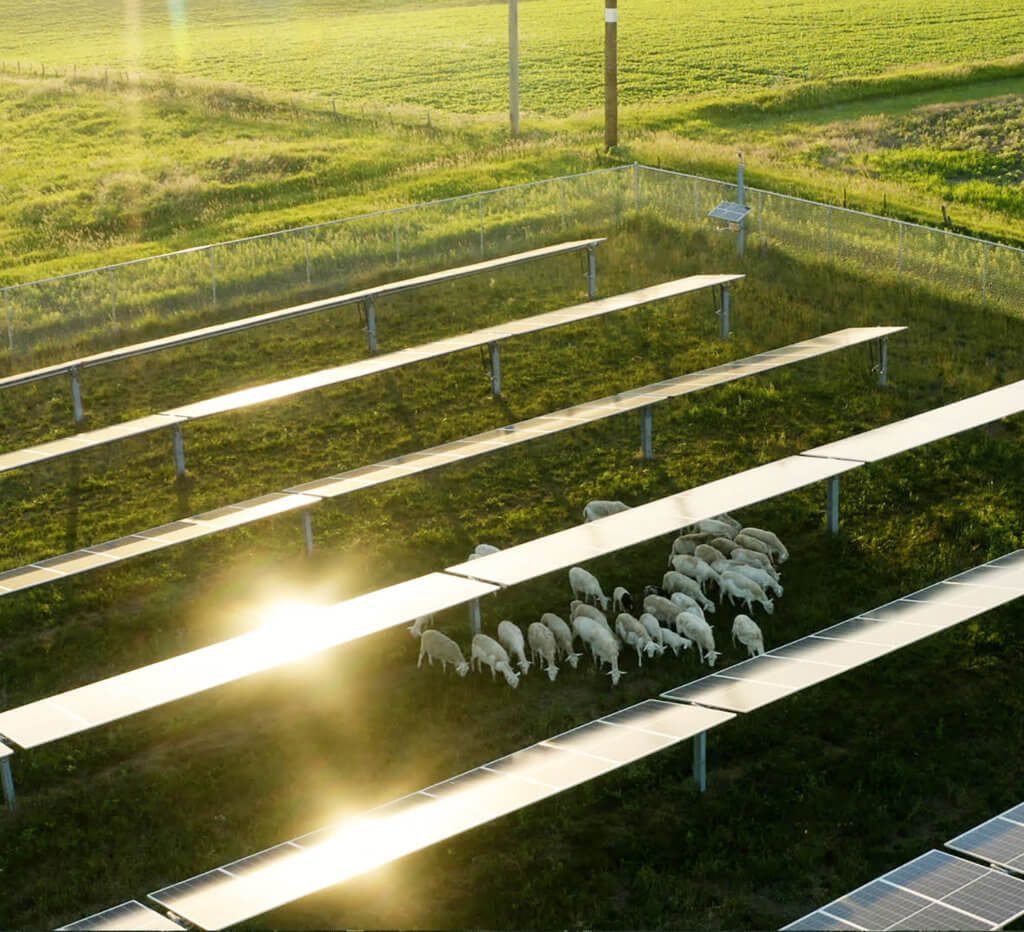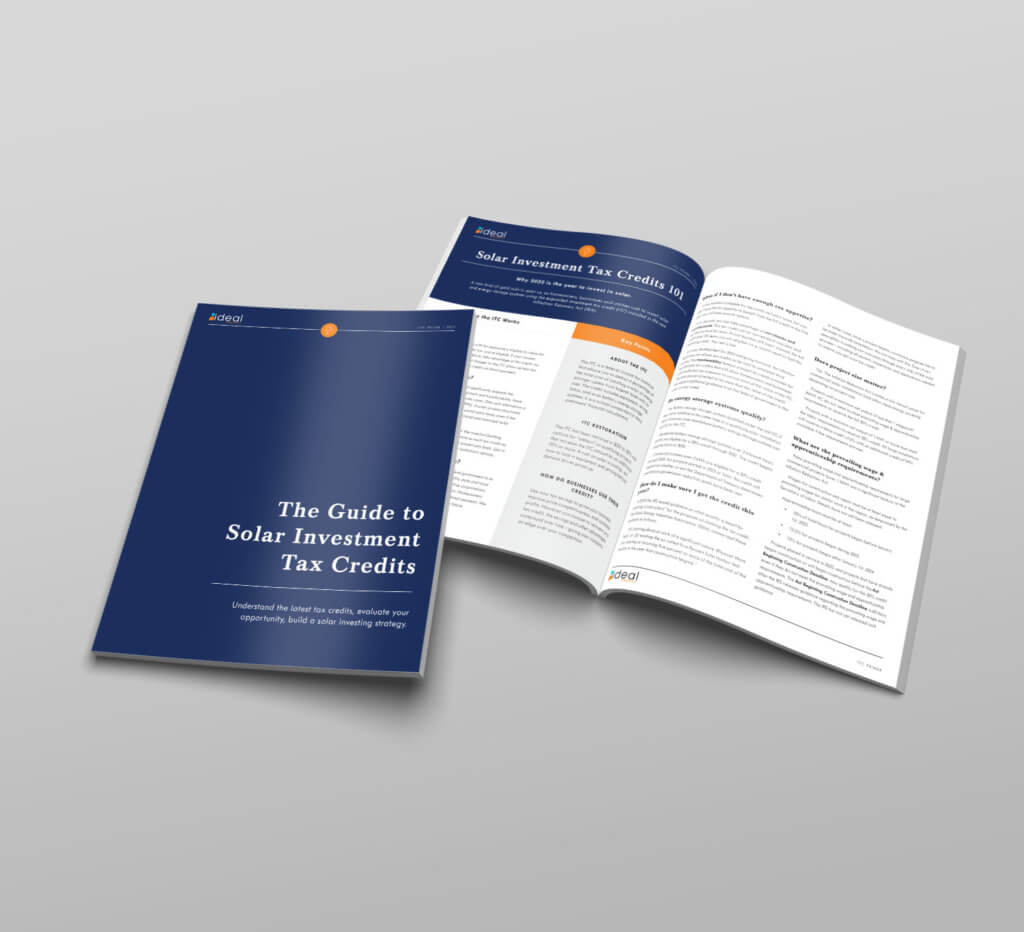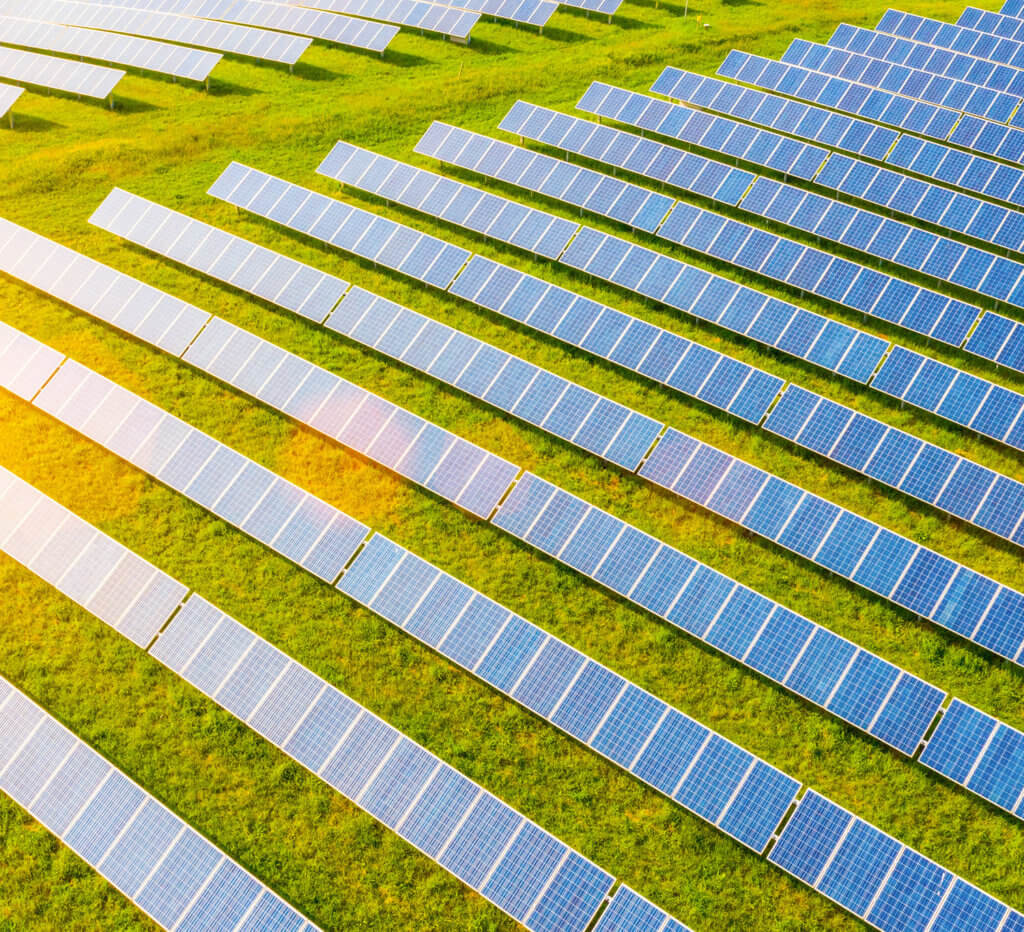An anti-circumvention case is sending ripple effects through the solar panel supply chain, which is increasing PV prices and incentivizing customers to move more quickly
In March, the Department of Commerce agreed to hear the case – a move that sent shockwaves through the solar industry and immediately increased solar panel prices. If the Department of Commerce finds in favor of Auxin, the resulting tariffs on affected companies would be between 50% and 250%.
For those interested in a solar project this year, we advise moving as quickly as possible. Starting right now will do two things: first, help lock in panel prices and second, provide maximize the solar investment tax credit for 2022, which will reduce to 22% at the end of the year.
Anti-circumvention tariffs are aimed at companies – or even entire countries – that are found to have violated other existing tariffs. In this case, Auxin contends that certain solar companies have circumvented anti-dumping and countervailing (AD/CV) tariffs by moving production from China to the four countries in question.
Auxin contends that these companies are not truly independent, and are using Chinese polysilicon components and intellectual property. In effect, these companies are alleged to be the same Chinese companies already subject to tariffs, but operating in different countries.
What is the impact of the case?
The Solar Energy Industry Association (SEIA) surveyed several hundred American solar firms to assess the impact of the investigation. SEIA found that 318 projects totaling 51 gigawatts (GW) of solar capacity and 6 GWh of battery storage are in the process of being canceled or delayed.
The majority of solar companies – including Ideal Energy – are seeing supply chain problems that suppliers have attributed to the tariff investigation. These include price increases, back ordered products, and shipment delays.
Because the tariffs could become retroactive if enacted, manufacturers in the affected countries are hesitant to ship product. Some have ceased shipping entirely. ROTH Capital Partners reports that around 80% of PV modules in the U.S. are imported from Vietnam, Malaysia, and Thailand, so this will significantly limit the amount of PV in the U.S. supply chain.
We have already observed a price increase of around 30% on PV modules. We anticipate further increases.According to a SEIA/Wood Mackenzie report, 2021 was the first year of solar installation price increases since tracking began in 2014. This was largely due to pandemic-related supply chain issues. Utility-scale projects saw the greatest year-over-year cost increases, at 18% for fixed-tilt arrays and 14.2% for active-tracking arrays. (Larger installations are more sensitive to PV module costs – in smaller installations labor and other costs make up a greater share of the total system cost.)
Further supply chain issues due to the tariff investigation will exacerbate these trends in 2022. In addition, delays due to PV module availability threaten to push projects into 2023. This is a real concern; to qualify for the 26% solar investment tax credit (ITC), projects must start construction this year. Next year, the ITC will drop to 22%. Therefore, delays can negatively impact project financials.
Tariffs are a Blunt Instrument
Tariffs are considered by many experts to be blunt instruments that cause collateral economic damage and pass added costs on to consumers.
A Council on Foreign Relations backgrounder states that although “tariffs are intended to protect local industries by making imports more expensive and driving consumers to domestic producers,” they instead “often lead to reduced trade, higher prices for consumers, and retaliation from abroad.” The CFR went on to say that “most economists find that the bulk of tariff costs are passed on to consumers.”
A 2019 study on washing machine tariffs “estimates that consumers bore between 125 percent and 225 percent of the costs of the washing machine tariffs.” This means that not only were all of the tariff costs passed on to consumers, but manufacturers raised their prices higher still in response to the tariffs.
The Brookings Institute reached the same conclusion: “the cost of tariffs have been borne almost entirely by American households and American firms, not foreign exporters.”
Bringing solar module manufacturing back to the U.S. is an important goal. The Ukraine invasion – and Germany’s reliance on Russian natural gas – underscores the precariousness of relying on a potential adversary for critical energy infrastructure.
However, many solar energy experts advocate a course of action other than tariffs. Last month, over 100 manufacturers sent a letter to the Biden administration advocating for long-term clean energy tax-incentives in budget reconciliation legislation to support domestic manufacturing. The proposed Solar Energy Manufacturing for America Act is another tax-incentive package targeted at the domestic solar supply chain. These incentives would provide a more carefully tailored approach than tariffs.
What’s the Outlook on Solar?
A large group of senators has called on Biden to quash the Department of Commerce investigation. SEIA and virtually the entire solar industry have done the same.
The Department of Commerce has tossed out similar requests in the past, but industry experts believe Auxin’s petition is better structured than those requests. In addition, the Biden administration may not be able to easily intervene due to federal procedural rules designed to prevent interference into investigations.
In other words, solar customers should brace themselves for rising prices. With up to 16 GW of PV modules potentially leaving the U.S. supply chain, it’s possible that solar panels could become backordered or temporarily unavailable for long stretches of time this year.
If you are considering solar, now is the time to consider moving your timetable forward. This will help lock in current prices, and it will also safe harbor the solar investment tax credit for 2022.
The ITC will step down from 26% this year to 22% next year. This applies to both commercial and residential customers. To take advantage of the 26% credit, projects must begin construction this year. If panels are backordered or temporarily unavailable, this could push projects into 2023 which will impact project financials. To safe harbor tax credits at 26%, it’s best to begin projects as soon as possible. We believe customers should sign contracts by July if not sooner to lock in prices and safe harbor the ITC for this year.








